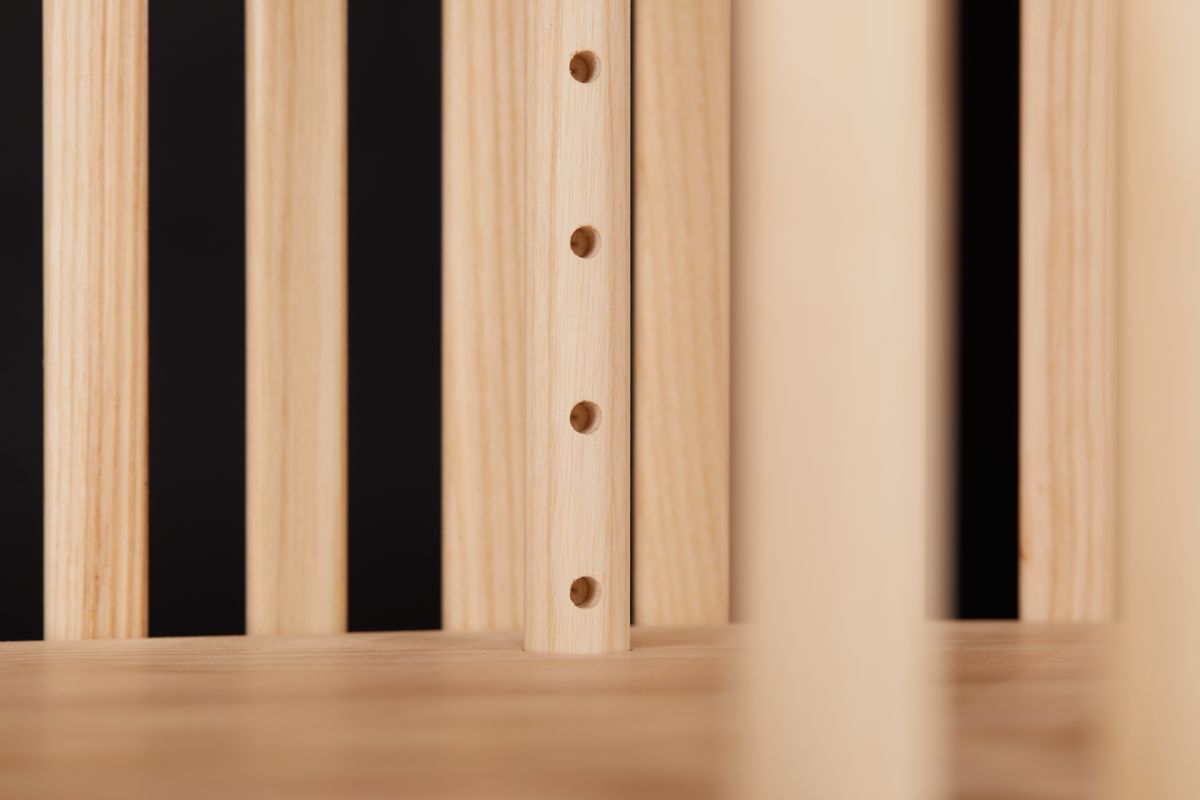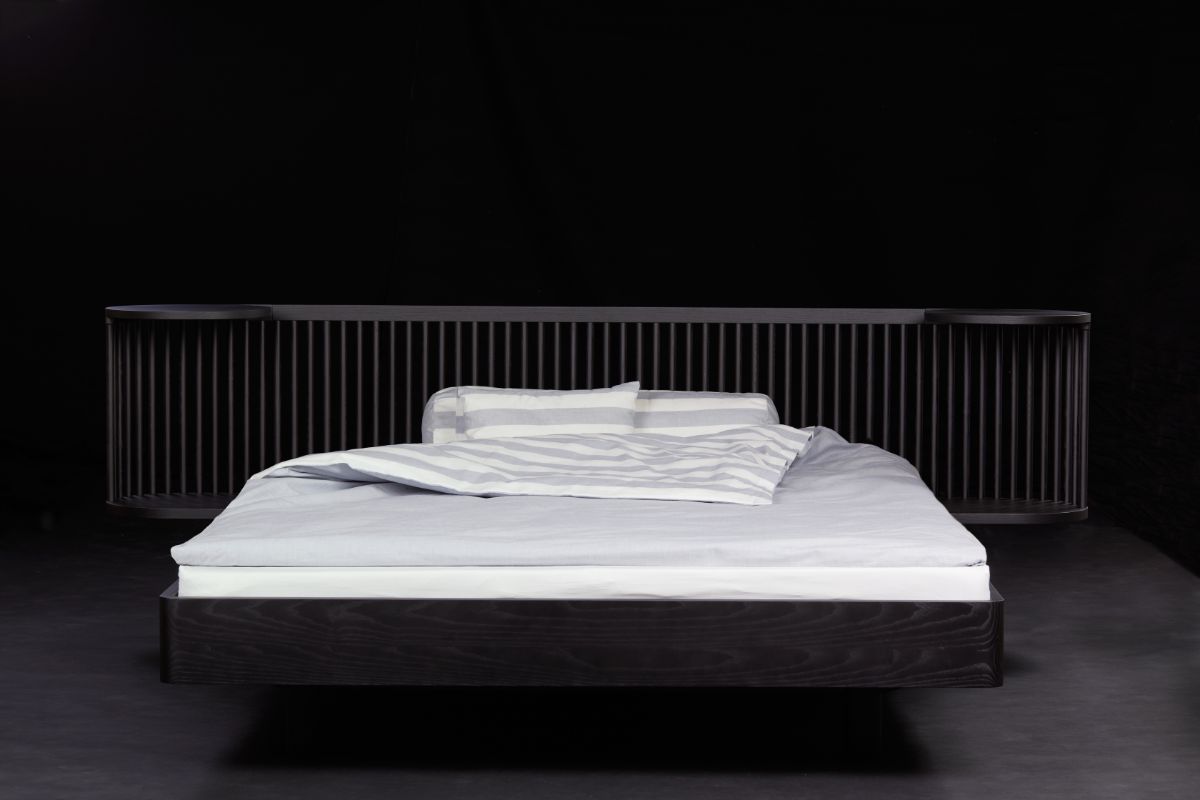Design of Furniture

Project
Introduction
.
finiix is the first CO2-negative indoor furniture line. An ECO design guideline was developed to minimize the ecological footprint and maximize the life cycle of this furniture line. The guideline is based on the results of the KATCH-e research project and its resulting circular design strategies. It makes it possible to anchor the circular economy idea in the design process of the collection and to develop a product design that minimizes the CO2-footprint over the entire product life cycle. finiix is designed to expose sustainable furniture design to a broader and younger target audience. The series consists of a bed, various side tables, a sideboard, a bar, a tower and a closet.
It is currently being expanded with a sofa and a desk. Depending on the size of the product, the construction kit is designed in a way that enables an intuitively assemblance and easy transportation for the end user. In the case of the side table, for example, the cylindrical sticks at the end of the rows of sticks have opposing wooden threads, the sticks in the middle of the row are plugged in, and the legs are screwed to the bottom panel with wooden threads. In the sideboard, all the outer (semi-cylindrical) rods are plugged, the whole is fixed by four cylindrical rods with legs. In the case of the bed or the chest, the elements for assemblance are larger; specially developed connecting pieces are used here to ensure the longevity of finiix furniture.
The choice of materials is driven by the reduction to the essentials and the simplicity of processing to ensure a reduction of waste in the manufacturing process in a CO2-neutral manner so that all materials used can be recycled. By using regional wood from sustainable cultivation, our understanding of sustainability already begins with the selection of raw materials and naturally also includes the ethical and social standards with regard to working conditions.
The COVID pandemic, the climate crisis and the increased environmental awareness make many people see life differently than before. These changes coming our way are a fundamental part of a new era. This upheaval offers the chance to free sustainable design from its niche existence and to put Austrian design more in the international spotlight. The finiix collection helps making this creative potential visible and showing what contribution furniture can already make for sustainable living. Sustainability and aesthetics are not a contradiction.

Design by Christian Kroepfl
s a collaboration between the architect and designer Christian Kropefl and the designer and creative director Andrés Fredes:
Christian Kroepfl:
Born in Western Austria I currently practice as an Architect and Designer in Vienna and Lustenau, where I develop and design high-quality design furniture.
In my design work the questions about functionality and quality as well as the use of natural and sustainable materials are in the centre of the development process. It’s all about the clarity of design and the deliberate restraint to the essential which averts superficial attention: modest, sophisticated and sometimes calm in nature, these pieces of furniture make a point that great design does not tolerate hierarchies or compromise in the interaction of form and function. Sometimes just the simple idea of a truss, and its expression through elegant design is the distinguishing feature of one of these jewels for your home or office.
Modern design, in particular combinations of steel and solid wood, resolves into timeless and aesthetic furniture that beautifies our everyday life.
Andrés Fredes:
Andrés Fredes is a designer, creative director, innovator, entrepreneur and brand strategist. He has worked in the international design scene for more than 20 years - advisory at the crossroads of design, architecture, international business development. As design accelerator, holistic thinker, advisor, facilitator, ideator, conceptualiser he provides creative & visionary leadership.
In the 90's he co-founded the cultural center for art and experimentation "Banana Factory", that became an icon for the underground art scene in Barcelona and made his first steps as curator.
In Austria he received recognition in the design scene for becoming the pioneer of promoting Austrian design worldwide with considerable success. His work established the base for a new design scene in the country and empowered the development of polices for Austrian Design.









